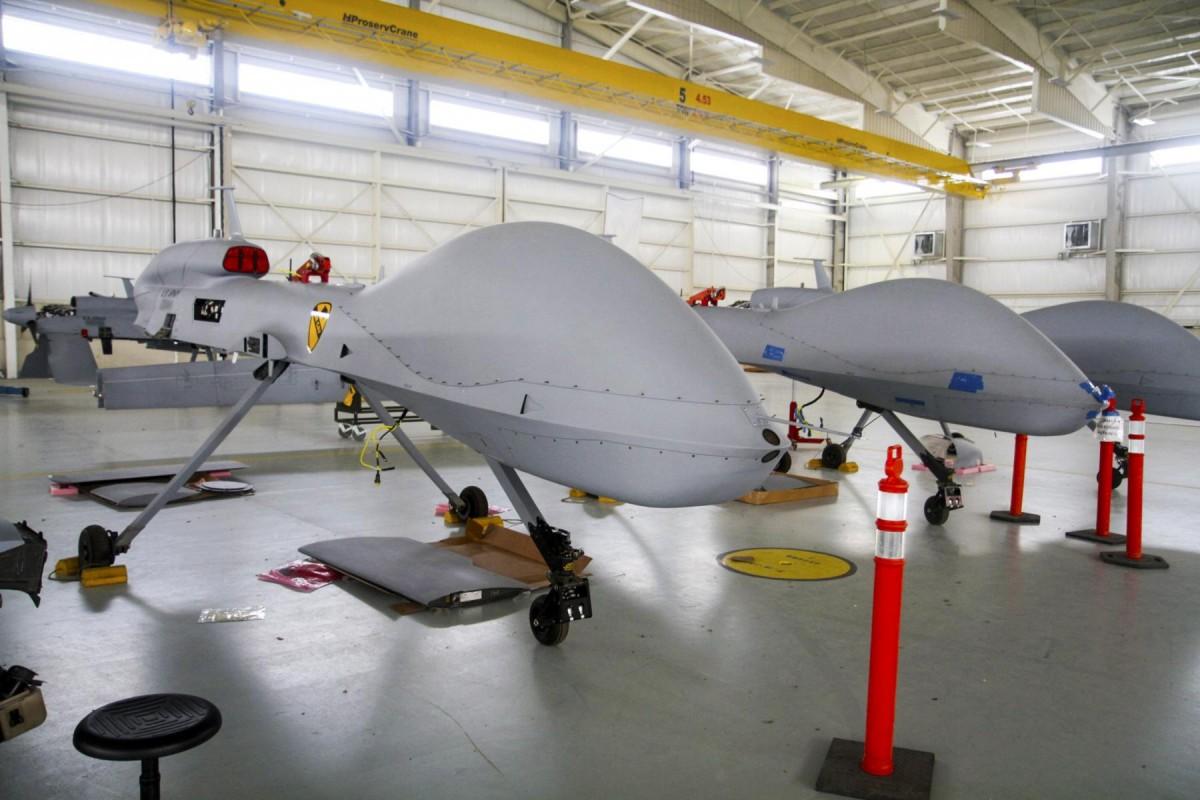
A shift to an open systems architecture could be coming for the General Atomics Aeronautical Systems Inc. (GA-ASI) MQ-1C Gray Eagle-Extended Range (GE-ER) fleet.
The manufacturer said Oct. 8 it is working with the U.S. Army to develop a Modular Open Systems Approach (MOSA) for a proposed Increment 2 version of the medium-altitude, long-endurance unmanned aircraft system (UAS).
Flight testing of new components could begin next year, the company said.
“We share the Army’s vision for MOSA and want to help them create a system that makes interfacing from all platforms and users as easy as possible,” says Don Cattell, GA-ASI’s vice president of Army programs.
Implementing a MOSA is different on every platform, but the goal is to modularize certain capabilities, allowing the operator to replace or upgrade any specific capability without changing anything else within the overall platform.
A MOSA also should allow an operator to work directly with a variety of vendors for replacing specific components, reducing the reliance on the original manufacturer.
For the GE-ER Increment 2, a shift to a MOSA would allow the Army to integrate new and more advanced payloads on the aircraft faster than is currently possible.
The shift also implies a change to the ground control system. Specifically, a MOSA would bifurcate the human machine interface from the underlying operating system, allowing the Army to add communication links and tailor displays for each platform with fewer required tests for software bugs.
The MOSA development comes as the Army continues to assess requirements for a potential Increment 2 version of the GE-ER.
The baseline Gray Eagle and GE-ER was fielded as the Army operated in unchallenged airspace. As the national defense strategy has shifted to strategic competition, the Army briefly considered replacing the Gray Eagle with a Future UAS (FUAS) optimized for multi-domain operations, but ultimately decided to upgrade the MQ-1C while the Future Attack Reconnaissance Aircraft and Future Long Range Assault Aircraft remain in development.
